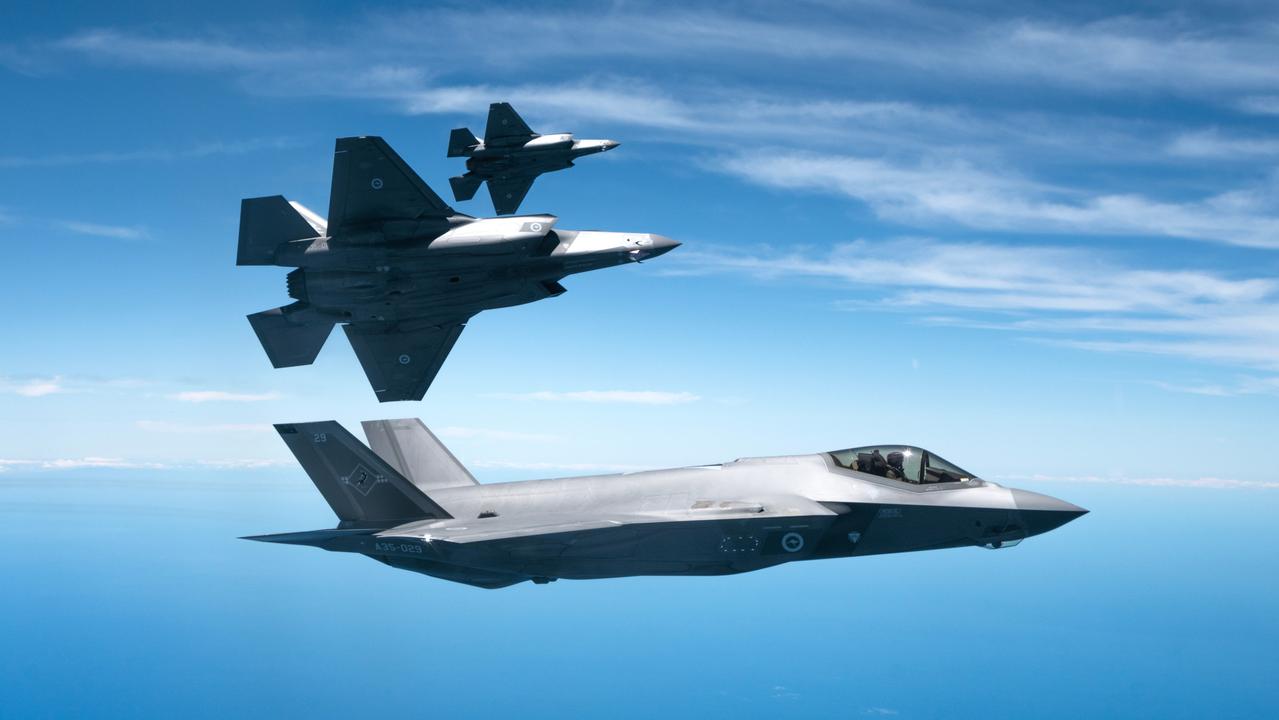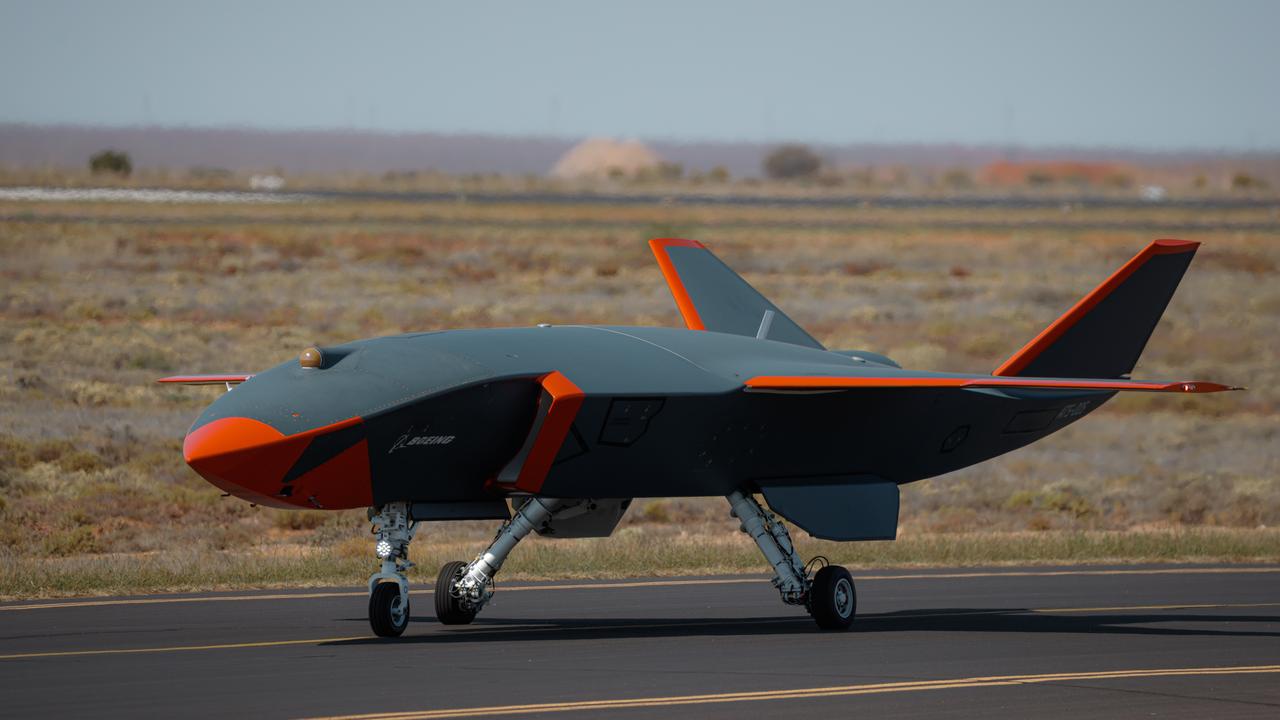ADF backs Triton for the north as US slashes its plans for plane
Australia has ordered a fourth Northrop Grumman MQ-4C Triton unmanned maritime surveillance aircraft, despite the US Navy recently slashing its own acquisition program.

Australia has demonstrated its faith in the US-led Northrop Grumman MQ-4C Triton unmanned maritime surveillance program by ordering a fourth aircraft, despite the US Navy recently slashing its own acquisition program.
The US will now acquire just 27 aircraft instead of the 68 it had already intended.
Triton is a High Altitude Long Endurance (HALE) remotely piloted system capable of remaining airborne for up to 24 hours at a time.
On September 19, when announcing the decision to acquire the fourth aircraft, Defence Industry Minister Pat Conroy further revealed that the government has also signed a $220m contract with Northrop Grumman Australia to establish a Triton maintenance workforce at RAAF Base Edinburgh in South Australia and RAAF Tindal in the Northern Territory.
Edinburgh and Tindal will be the main and forward operating bases for the Triton capability respectively.
At the same time, Conroy announced that the Royal Australian Air Force’s Boeing P-8A Poseidon manned maritime surveillance aircraft will receive a significant capability upgrade, beginning in 2026. Together with this upgrade, the additional Triton acquisition is valued at $1.5bn.
Significantly, the fourth Triton will allow the RAAF to maintain a surveillance orbit of up to 24 hours and some distance from Australia’s shores, working on the principle that while one aircraft is on-station, one is in transit to the orbit and another is returning to base from the orbit.
The fourth aircraft will provide a minimum capability if training and maintenance are to be considered.
“The really critical thing (is) through acquiring four Triton aircraft we’ll have the ability to, on a 24-hours, seven days a week basis, monitor the northern approaches to Australia,” Conroy says.
“The purchase of an additional Triton will enhance operations from Australia’s northern bases, a priority under the Defence Strategic Review.”
Australia had initially planned to acquire seven Tritons under its Air 7000 Phase 1B program, though this was later reduced to six. Only one aircraft was ordered in 2018, a second in 2019 and a third in 2020.
The first flight of Australia’s first aircraft is imminent and it is expected to be delivered in 2024.
When asked if the Air 7000 Phase 1B program would ultimately oversee the delivery of more aircraft, Conroy says any further decision will be made in 2024.
“All those questions will be examined in the context of the National Defence Strategy that’s being released next year and as part of a revision of the (Defence) Integrated Investment Program,” he says.
“It’s very important to see these capabilities in conjunction. So, the decisions to acquire an extra two Poseidon long-range maritime patrol aircraft obviously complement the purchase of the Triton. So, you need to look at both projects together.”
Australia is acquiring the multi-intelligence (Multi-INT) configuration Triton, which achieved Initial Operational Capability (IOC) with the US Navy on September 15, but at around the same time it became clear that Washington was scaling back its requirements for the aircraft.
The US Navy initially wanted to maintain five 24/7 orbits around the globe but has now reduced this to just three orbits. However, it says it remains committed to the program, despite funding only two aircraft in the next US financial year.
“The MQ-4C Triton program has not been terminated. The US Navy made a decision to reduce FY24 quantity to two aircraft, which will bring the program of record to 27,” Rear Admiral Stephen Telford, program executive officer for the US Navy’s Unmanned Aviation and Strike Weapons office, explains.
“This quantity reduction is based on the Joint Oversight Council re-evaluation of the world-wide intelligence, surveillance and reconnaissance and targeting (ISR&T) requirements, that resulted in direction to reduce total MQ-4C deployable locations from five to three.”
Telford adds that the Triton’s sensor suite – capable of 360-degree coverage of a wide stretch of ocean – provides a level of capability not possible until now.
“Persistent surveillance allows the prediction of an adversary’s behaviour and enables better planning, greatly enhancing joint military responses and operations, all without risking the lives of crew onboard,” he says.
“Triton is the only high-altitude aircraft in the world performing persistent uncrewed maritime ISR&T today, and well into the future.
“The US Navy remains committed to the program, as evidenced by the investment of the Multi-INT pathway for Triton.”


